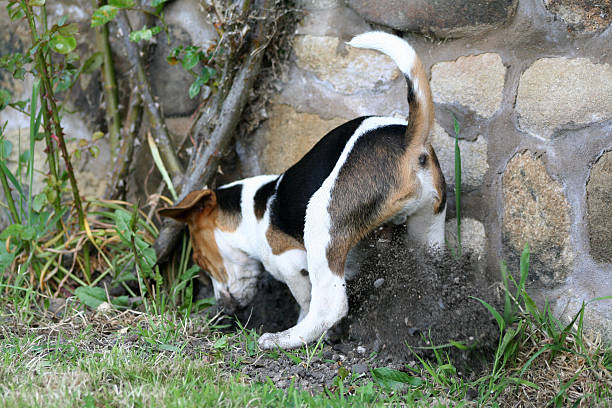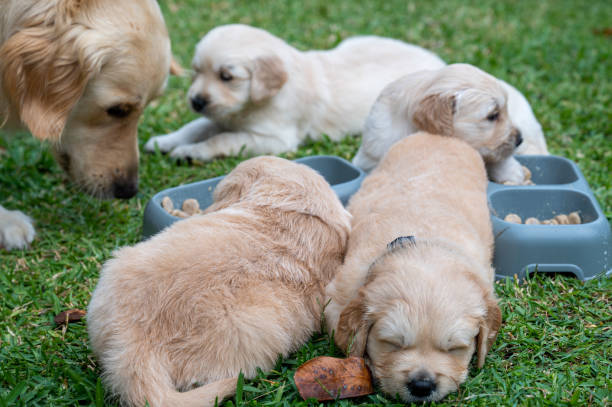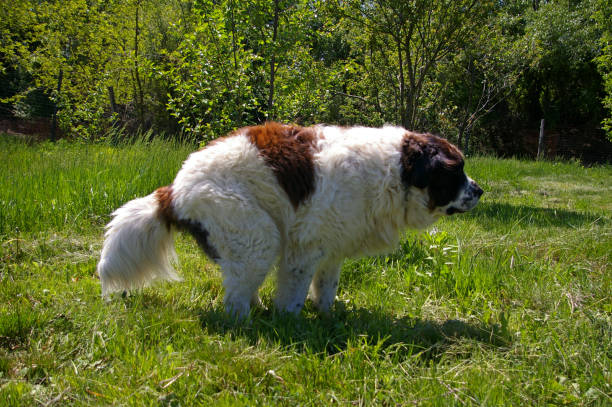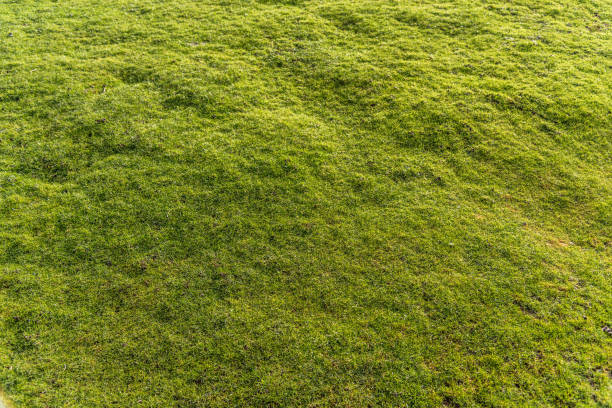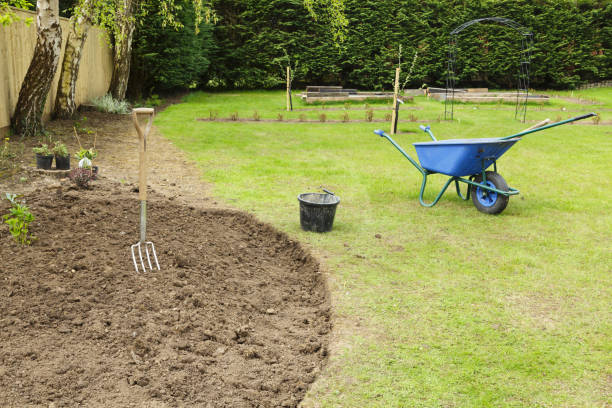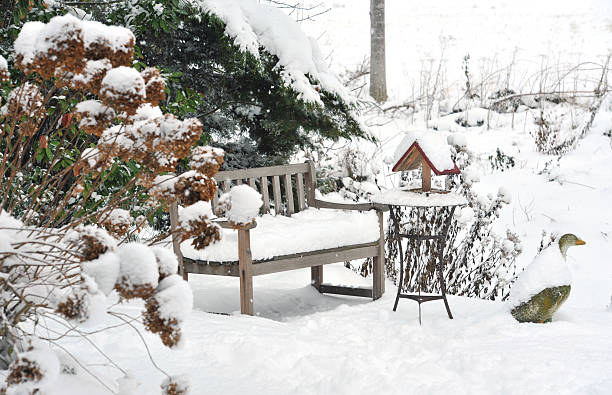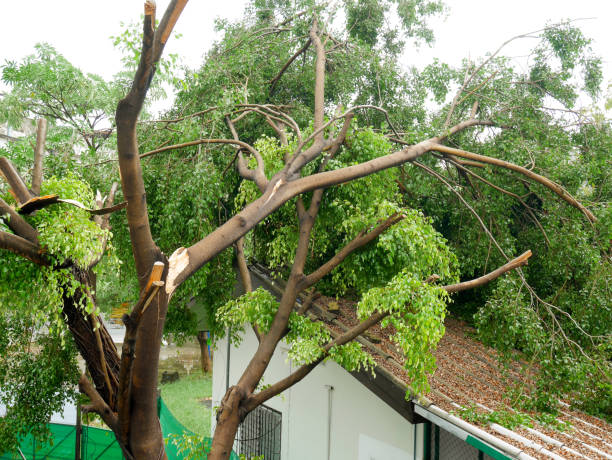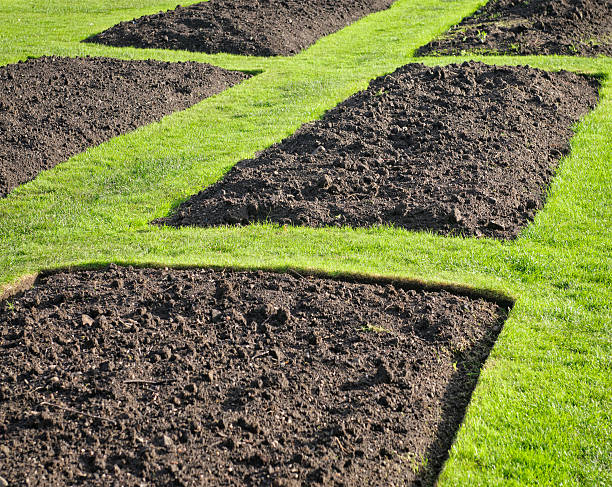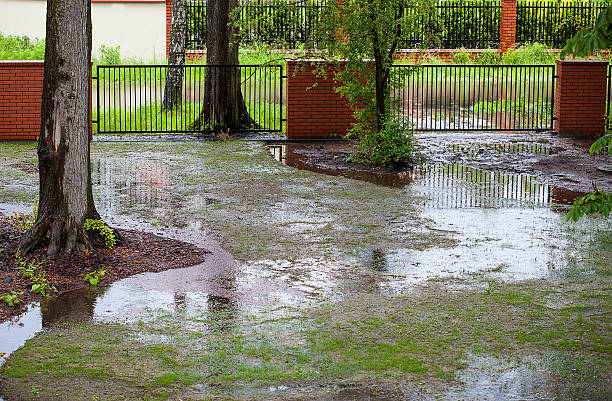How to Fill Holes in Yard from Dog
This post contains affiliate links. This means I will make a commission at no extra cost to you should you click through and make a purchase. Read the full disclosure here.
Having a dog is a joy, but sometimes they can wreak havoc on your yard by digging holes. If you’re tired of stumbling upon craters in your once pristine lawn, don’t fret. In this article, we’ll provide you with a step-by-step guide on how to fill holes in your yard caused by your furry friend. We’ll also delve into why dogs dig holes and share some useful tips to prevent future digging.
Why Dogs Dig Holes in the Yard
Understanding why dogs dig holes is essential to addressing the problem effectively. There are several reasons why dogs engage in this behavior:
Curiosity and Entertainment
Dogs are naturally curious creatures and digging offers them a source of entertainment. They may dig holes to investigate interesting smells, small animals, or simply because they find it fun.
Escape or Seek Comfort
Some dogs may dig holes to escape from their yard if they feel bored or anxious. They might also dig to create a cool spot to lie in on hot days.
Instinctual Behaviors
Certain dog breeds have a strong instinct to dig, which is rooted in their history and purpose. For example, terriers were bred to hunt rodents underground, so they have a natural inclination to dig.
Understanding the Types of Holes
Before filling the holes in your yard, it’s important to identify the types of holes and their potential causes. This will help you determine the appropriate approach for repairing them:
Shallow Surface Holes
These holes are typically small and scattered across the yard. They are often caused by dogs digging for entertainment or to explore scents.
Deep Trenches
Deep trenches are usually longer and wider holes that may indicate a dog’s attempt to escape or find comfort.
Concentrated Digging
If you notice multiple holes concentrated in one area, it could be a sign that your dog is digging to bury treasures, such as bones or toys.
Assessing the Damage
Once you’ve identified the types of holes, assess the extent of the damage to determine the best course of action. Consider the size and depth of the holes, as well as any damage caused to plants, sprinkler systems, or underground utilities.
Tools and Materials Needed
Before you start filling the holes, gather the necessary tools and materials. Here are the items you’ll need:
- Shovel or garden trowel
- Soil or sand
- Organic matter (compost, peat moss, or topsoil)
- Watering can or garden hose
- Lawn roller or tamper
- Grass seed or sod (if necessary)
Step-by-Step Guide to Filling Holes
Follow these steps to fill the holes in your yard and restore its beauty:
- Dig out loose soil: Use a shovel or garden trowel to remove any loose soil or debris from the hole.
- Break up compacted soil: If the soil is compacted, break it up with the garden trowel to improve drainage.
- Add organic matter: Fill the hole halfway with a mixture of organic matter, such as compost, peat moss, or topsoil. This will help improve the soil quality and promote healthy plant growth.
- Moisten the soil: Water the soil lightly to ensure it is damp but not overly saturated.
- Fill the hole with soil: Fill the remaining portion of the hole with soil, leaving a slight depression to allow for settling.
- Compact the soil: Use a lawn roller or tamper to lightly compact the soil and create a level surface.
- Reseed or lay sod (if necessary): If the hole has caused significant damage to the grass, reseed the area or lay sod to restore the lawn’s appearance.
- Water the repaired area: Water the repaired area regularly to keep the soil moist and aid in the growth of new grass.
Preventing Future Holes
Now that you’ve filled the existing holes, it’s important to take preventive measures to stop your dog from digging new ones. Here are some helpful tips:
- Provide ample exercise and mental stimulation for your dog to reduce boredom.
- Designate a specific digging area in your yard where your dog is allowed to dig.
- Ensure your dog has access to shade and water to prevent digging for comfort.
- Use deterrents, such as citrus peels or dog-safe sprays, to discourage digging in undesired areas.
- Consult with a professional dog trainer or behaviorist if your dog’s digging behavior persists.
Tips for Dog Owners
As a responsible dog owner, there are additional steps you can take to maintain a beautiful yard while keeping your furry friend happy:
- Regularly check your yard for any new holes and promptly address them.
- Keep your dog’s nails trimmed to minimize damage to the lawn.
- Supervise your dog while they are outside to discourage digging behavior.
- Consider providing your dog with interactive toys and games to keep them mentally stimulated.
Final Thoughts
Filling holes in your yard caused by your dog doesn’t have to be a daunting task. By following the step-by-step guide outlined in this article, you’ll be able to restore your yard’s appearance and prevent future holes. Remember to address the underlying reasons why your dog is digging and provide them with alternative outlets for their energy and curiosity. With a little patience and consistency, you can maintain a beautiful yard while enjoying the company of your beloved canine companion.
FAQs
Can I use any type of soil to fill the holes in my yard?
It’s best to use organic matter, such as compost, peat moss, or topsoil, to improve the soil quality. This will provide nutrients and promote healthy plant growth.
How long does it take for grass seed to grow after filling the holes?
Grass seed typically takes around 7 to 21 days to germinate, depending on the type of grass. Be patient and continue to water the repaired area regularly for optimal results.
Will filling the holes completely prevent my dog from digging?
While filling the holes can deter your dog from digging in the same spot, it’s important to address the underlying reasons behind their behavior. Providing mental stimulation, exercise, and proper training will help prevent future digging.
Are there any dog-safe repellents to discourage digging?
Yes, there are dog-safe sprays available on the market that can be used to deter dogs from digging in certain areas. Additionally, some dogs are repelled by the smell of citrus, so placing citrus peels in the desired digging areas may also help.
What should I do if my dog continues to dig despite my efforts?
If your dog’s digging behavior persists despite your attempts to prevent it, it may be beneficial to consult with a professional dog trainer or behaviorist. They can assess the situation and provide specialized guidance to address the issue effectively.

